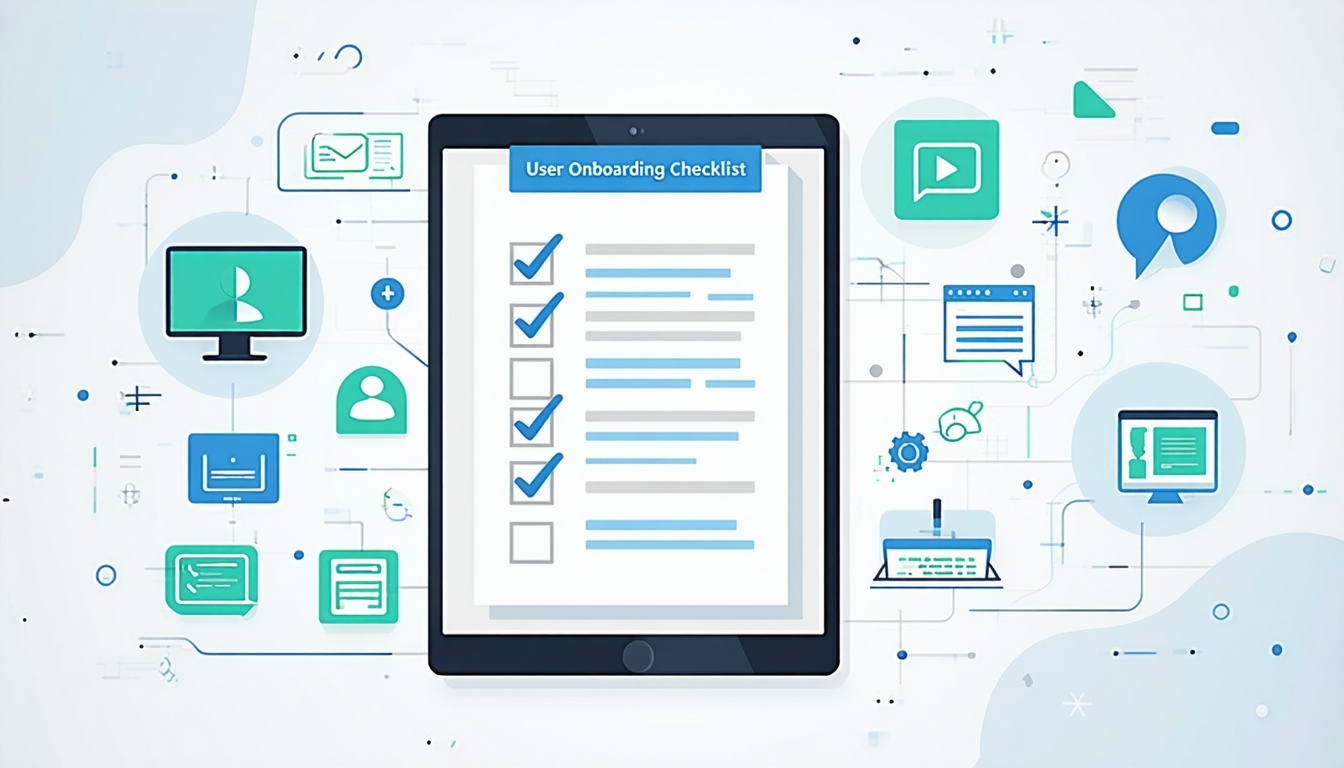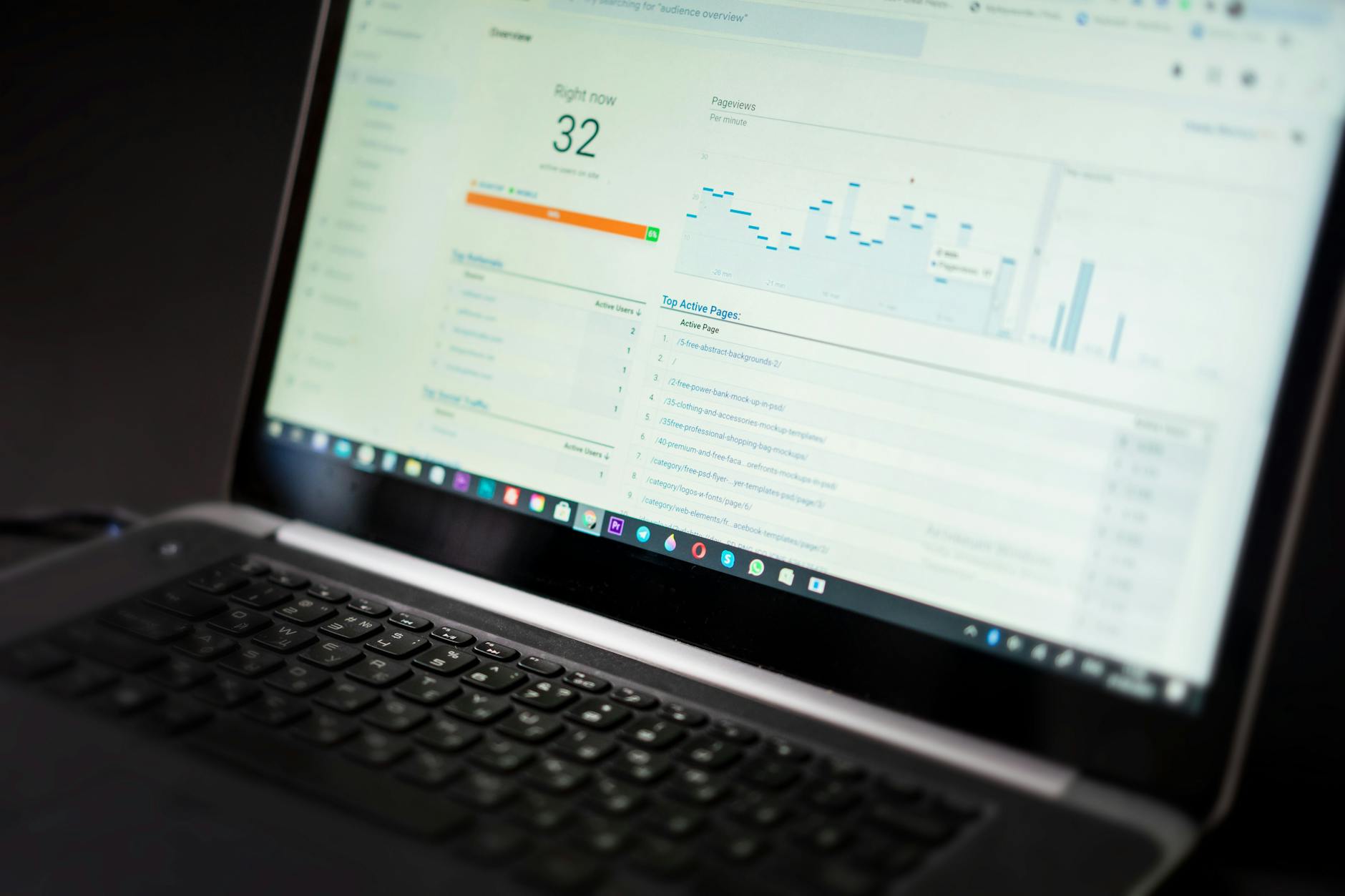The Evolution of Budgeting Tools
Traditional Budgeting Methods
Historically, budgeting methods have relied on manual processes and spreadsheets. Business owners often used paper ledgers or basic software to track income and expenses. This approach required significant time and effort, as individuals had to input data manually and calculate totals. The lack of automation made it challenging to maintain accurate records and analyze spending patterns effectively.
Traditional budgeting methods often involved creating monthly or yearly budgets based on past performance. However, these static budgets could quickly become outdated, leading to misinformed financial decisions. The reliance on historical data limited the ability to adapt to changing circumstances, making it difficult for businesses to respond to financial challenges in real-time.
| Method | Description | Pros | Cons |
|---|---|---|---|
| Paper Ledgers | Manual tracking of income and expenses | Simple to use | Time-consuming, prone to errors |
| Spreadsheets | Digital tracking using software like Excel | Customizable, familiar interface | Requires manual updates, limited analysis |
| Static Budgets | Fixed budgets based on historical data | Easy to create | Inflexible, may not reflect current needs |
Introduction of AI in Expense Management
The introduction of AI in expense management has transformed the way businesses approach budgeting. AI-driven budgeting tools leverage advanced algorithms to automate data entry, categorize expenses, and provide real-time insights. This shift allows business owners to focus on strategic decision-making rather than getting bogged down in manual processes.
AI-powered tools can analyze spending patterns and predict future expenses, enabling businesses to create more accurate budgets. By utilizing ai expense categorization and ai-driven spending analysis, companies can gain a deeper understanding of their financial health. These tools not only enhance efficiency but also improve accuracy, reducing the likelihood of errors associated with manual tracking.
The integration of AI in budgeting tools has led to the development of various applications designed to streamline expense management. Business owners can now access ai-powered expense tracking apps that provide comprehensive solutions for monitoring and controlling expenses. This evolution marks a significant step forward in financial management, allowing businesses to adapt quickly to changing economic conditions.
Benefits of AI-Driven Expense Tracking
AI-driven budgeting tools offer significant advantages for business owners seeking efficient expense management. Two primary benefits include the automation of expense tracking and the provision of real-time insights and analysis.
Automation of Expense Tracking
One of the most notable benefits of AI-powered expense tracking is automation. Traditional methods often require manual entry of expenses, which can be time-consuming and prone to errors. AI-driven tools streamline this process by automatically capturing and categorizing expenses, reducing the workload for business owners.
The automation process typically involves the following steps:
- Data Capture: AI tools can extract data from receipts and invoices using optical character recognition (OCR) technology.
- Expense Categorization: Expenses are automatically categorized based on predefined rules or learned patterns, enhancing accuracy. For more on this, see our article on ai expense categorization.
- Integration with Financial Systems: Automated tools can sync with existing accounting software, ensuring that all financial data is up-to-date.
The table below illustrates the time savings associated with automated expense tracking compared to traditional methods.
| Task | Manual Tracking Time (Hours/Month) | Automated Tracking Time (Hours/Month) | Time Saved (Hours/Month) |
|---|---|---|---|
| Data Entry | 10 | 1 | 9 |
| Expense Categorization | 5 | 0.5 | 4.5 |
| Reporting | 3 | 0.5 | 2.5 |
| Total | 18 | 2 | 16 |
Real-Time Insights and Analysis
Another significant advantage of AI-driven expense tracking is the ability to provide real-time insights and analysis. Business owners can access up-to-date financial information, allowing for informed decision-making.
AI tools analyze spending patterns and generate reports that highlight trends, anomalies, and potential areas for cost savings. This capability enables business owners to:
- Monitor Spending: Track expenses in real-time to ensure adherence to budgets.
- Identify Trends: Recognize spending patterns that may indicate inefficiencies or opportunities for savings. For more on this, refer to our article on ai-driven spending analysis.
- Forecast Future Expenses: Use historical data to predict future spending, aiding in better financial planning.
The table below summarizes the key features of real-time insights provided by AI-driven tools.
| Feature | Description |
|---|---|
| Instant Notifications | Alerts for unusual spending or budget overruns. |
| Visual Dashboards | User-friendly interfaces displaying key financial metrics. |
| Customizable Reports | Tailored reports that focus on specific areas of interest. |
By leveraging automation and real-time insights, AI-driven budgeting tools empower business owners to manage their expenses more effectively, ultimately leading to improved financial health. For those interested in exploring various options, our article on ai-powered expense tracking apps provides additional insights.
Types of AI-Powered Budgeting Tools
AI-driven budgeting tools leverage advanced technologies to enhance expense tracking and financial management. Two prominent types of these tools are machine learning algorithms and predictive analytics.
Machine Learning Algorithms
Machine learning algorithms play a crucial role in automating the categorization and analysis of expenses. These algorithms learn from historical data, allowing them to identify patterns and make informed decisions regarding future spending. By analyzing past transactions, machine learning can categorize expenses into predefined categories, such as utilities, travel, and office supplies.
The benefits of using machine learning algorithms in budgeting tools include:
| Benefit | Description |
|---|---|
| Improved Accuracy | Algorithms reduce human error in categorization. |
| Time Efficiency | Automated processes save time for business owners. |
| Adaptability | Algorithms evolve with changing spending habits. |
For more information on how AI can enhance expense categorization, refer to our article on ai expense categorization.
Predictive Analytics
Predictive analytics is another powerful feature of AI-driven budgeting tools. This technology uses statistical algorithms and machine learning techniques to analyze current and historical data, predicting future financial trends. By forecasting potential expenses and income, business owners can make more informed decisions regarding budgeting and resource allocation.
The advantages of predictive analytics in budgeting include:
| Advantage | Description |
|---|---|
| Financial Forecasting | Helps anticipate future cash flow needs. |
| Risk Management | Identifies potential financial risks before they occur. |
| Strategic Planning | Aids in setting realistic financial goals based on data-driven insights. |
For insights on how AI can enhance spending analysis, check out our article on ai-driven spending analysis.
By utilizing machine learning algorithms and predictive analytics, AI-driven budgeting tools provide business owners with the necessary resources to manage their finances effectively. These technologies not only streamline expense tracking but also empower users to make strategic financial decisions. For a look at various applications of these tools, explore our article on ai-powered expense tracking apps.
Implementing AI in Expense Management
Integrating AI-driven budgeting tools into existing financial systems can significantly enhance expense management for businesses. This section discusses the integration process and the importance of training and customization.
Integration with Existing Systems
Integrating AI-powered expense tracking tools with current financial systems is essential for seamless operation. This process involves ensuring that the new tools can communicate effectively with existing software, such as accounting platforms and financial management systems.
Key considerations for integration include:
| Consideration | Description |
|---|---|
| Compatibility | Ensure that the AI tools are compatible with existing software to avoid disruptions. |
| Data Migration | Safely transfer historical data to the new system without loss or corruption. |
| API Utilization | Use Application Programming Interfaces (APIs) to facilitate communication between systems. |
| User Access | Set up user permissions to maintain security and control over financial data. |
Successful integration allows businesses to leverage the full potential of AI-driven budgeting tools, enhancing their ability to track expenses accurately and efficiently. For more insights on how AI can categorize expenses, refer to our article on ai expense categorization.
Training and Customization
Once the AI tools are integrated, training staff on how to use these systems effectively is crucial. Employees need to understand the functionalities of the new tools to maximize their benefits.
Training should cover:
| Training Aspect | Description |
|---|---|
| User Interface | Familiarize users with the layout and features of the AI tools. |
| Data Input | Teach proper methods for entering and managing expense data. |
| Reporting Features | Show how to generate reports and analyze spending patterns using the tools. |
Customization is also vital to ensure that the AI-driven budgeting tools meet the specific needs of the business. This may involve adjusting settings, creating custom categories for expenses, and tailoring reports to align with business goals.
By investing in comprehensive training and customization, businesses can enhance the effectiveness of their AI-powered expense tracking systems. For further information on analyzing spending with AI, check out our article on ai-driven spending analysis.
Challenges and Considerations
As businesses consider adopting AI-driven budgeting tools, it is essential to address the challenges and considerations that come with these technologies. Two significant areas of concern are data security and privacy, as well as accuracy and reliability.
Data Security and Privacy
With the integration of AI in expense management, businesses must prioritize data security and privacy. AI-driven budgeting tools often require access to sensitive financial information, which can pose risks if not properly managed. Ensuring that data is encrypted and securely stored is crucial to protect against unauthorized access and data breaches.
Businesses should also be aware of compliance with regulations such as the General Data Protection Regulation (GDPR) and the California Consumer Privacy Act (CCPA). These regulations mandate strict guidelines on how personal data is collected, stored, and used. Failure to comply can result in significant penalties.
| Data Security Measures | Description |
|---|---|
| Encryption | Protects data by converting it into a secure format. |
| Access Controls | Limits who can view or edit sensitive information. |
| Regular Audits | Ensures compliance with security policies and regulations. |
Accuracy and Reliability
The effectiveness of AI-driven budgeting tools largely depends on their accuracy and reliability. Machine learning algorithms require high-quality data to function optimally. If the input data is flawed or incomplete, the insights generated may be misleading, leading to poor financial decisions.
Additionally, businesses must consider the reliability of the AI models used in these tools. Continuous monitoring and updating of algorithms are necessary to ensure they adapt to changing financial landscapes and user behaviors. Regular testing and validation of the AI systems can help maintain their accuracy over time.
| Accuracy Considerations | Description |
|---|---|
| Data Quality | High-quality, clean data is essential for accurate outputs. |
| Algorithm Updates | Regular updates ensure models remain relevant and effective. |
| User Feedback | Incorporating user insights can improve system performance. |
Addressing these challenges is vital for businesses looking to implement AI-powered expense tracking solutions. By focusing on data security and ensuring the accuracy of the tools, organizations can maximize the benefits of AI-driven budgeting tools while minimizing potential risks. For more information on how AI can enhance expense management, explore our articles on ai expense categorization and ai-driven spending analysis.
The Future of AI in Budgeting
Advancements in AI Technology
The landscape of budgeting tools is rapidly evolving due to advancements in AI technology. These innovations are enhancing the capabilities of ai-driven budgeting tools, making them more efficient and user-friendly. Key developments include improved machine learning algorithms that can analyze spending patterns and predict future expenses with greater accuracy.
Additionally, natural language processing (NLP) is becoming more prevalent, allowing users to interact with budgeting tools through voice commands or text queries. This makes it easier for business owners to access insights and manage their finances without needing extensive technical knowledge.
| Advancement | Description |
|---|---|
| Machine Learning | Enhances predictive capabilities for expense forecasting. |
| Natural Language Processing | Facilitates user interaction through voice and text. |
| Real-Time Data Processing | Provides immediate insights into spending habits. |
| Enhanced Security Features | Protects sensitive financial data through advanced encryption. |
These advancements are paving the way for more intuitive and responsive budgeting solutions, which can adapt to the unique financial behaviors of each user.
Potential Impact on Business Financial Management
The integration of AI in budgeting tools is set to significantly impact business financial management. By utilizing ai-driven budgeting tools, business owners can gain deeper insights into their financial health, leading to more informed decision-making.
The ability to automate expense tracking and categorize spending can save time and reduce human error. This efficiency allows business owners to focus on strategic planning rather than manual data entry. Furthermore, predictive analytics can help businesses anticipate cash flow issues and adjust their budgets proactively.
| Impact Area | Description |
|---|---|
| Decision-Making | Enhanced data analysis leads to better financial choices. |
| Time Efficiency | Automation reduces the time spent on financial management tasks. |
| Cash Flow Management | Predictive tools help in anticipating financial challenges. |
| Cost Reduction | Improved accuracy minimizes unnecessary expenses. |
As businesses increasingly adopt these technologies, the potential for improved financial outcomes becomes more pronounced. For more information on how AI can enhance expense management, explore our articles on ai expense categorization and ai-driven spending analysis.
Looking to build something powerful for your business? At Kara Digital, we specialise in crafting high-performance solutions that drive real results. Whether you’re launching a cutting-edge mobile app or need a sleek, responsive website, our expert team is here to bring your ideas to life.











